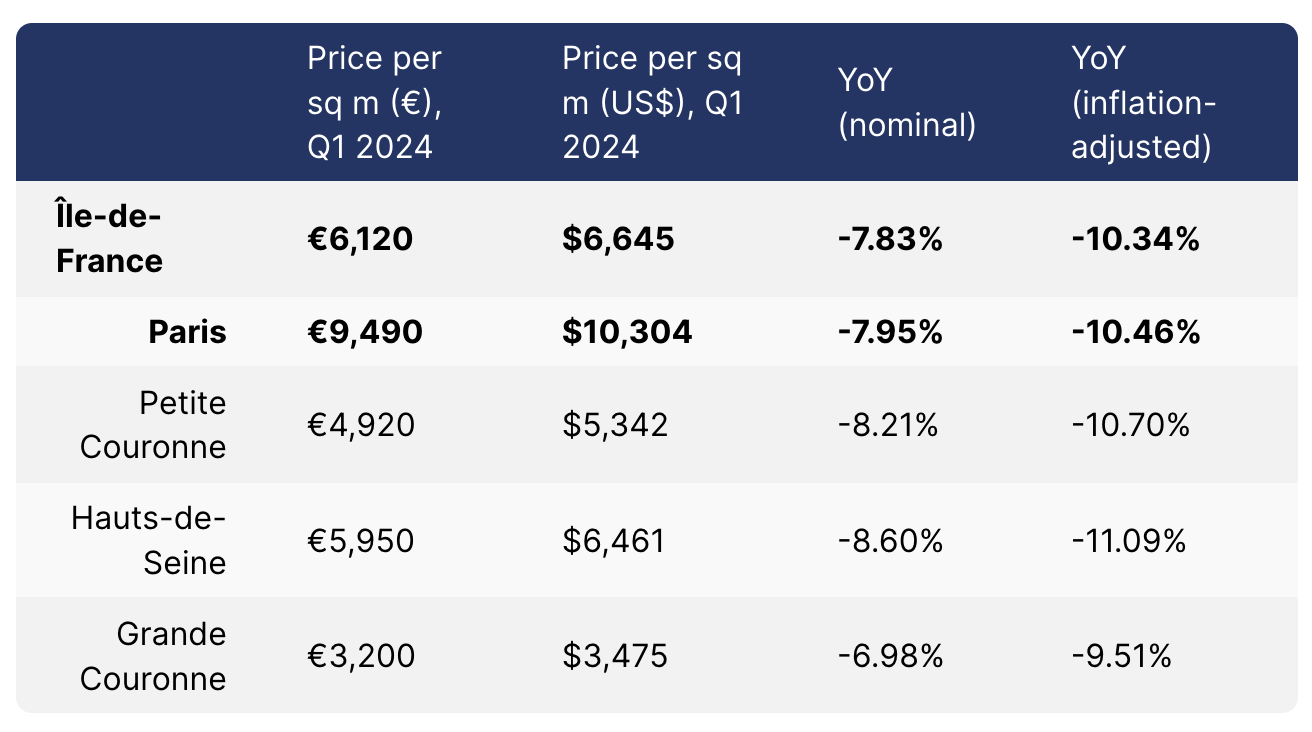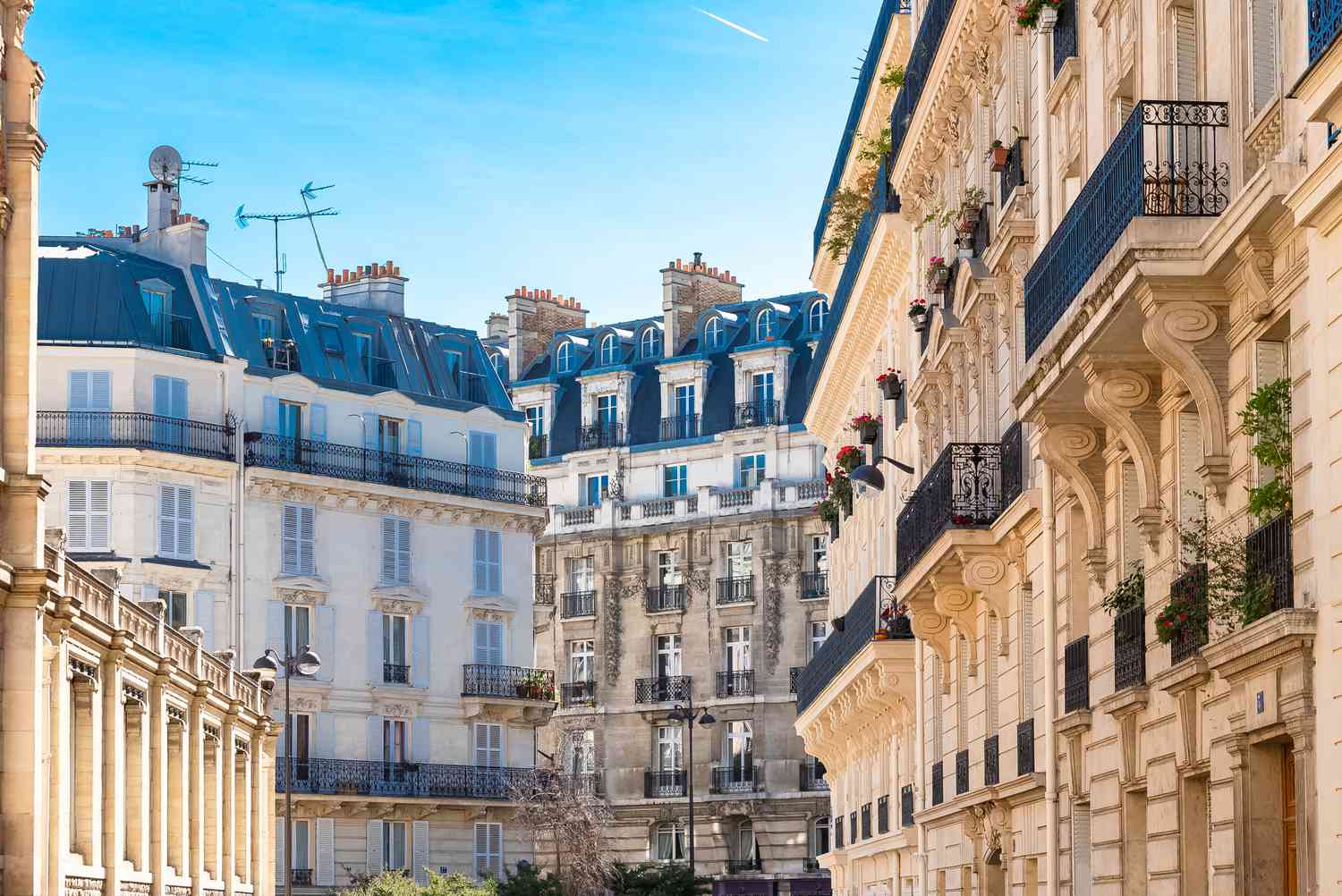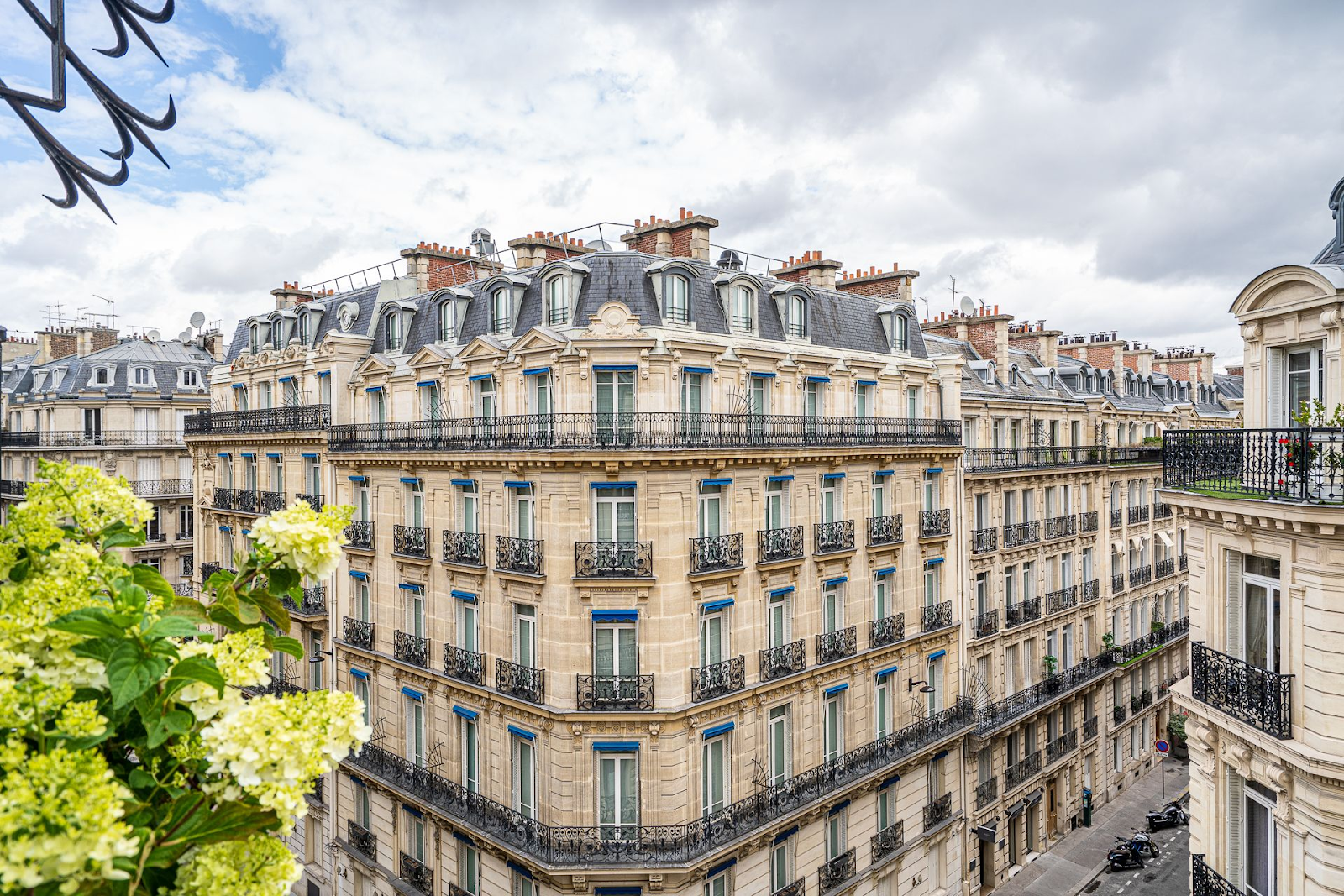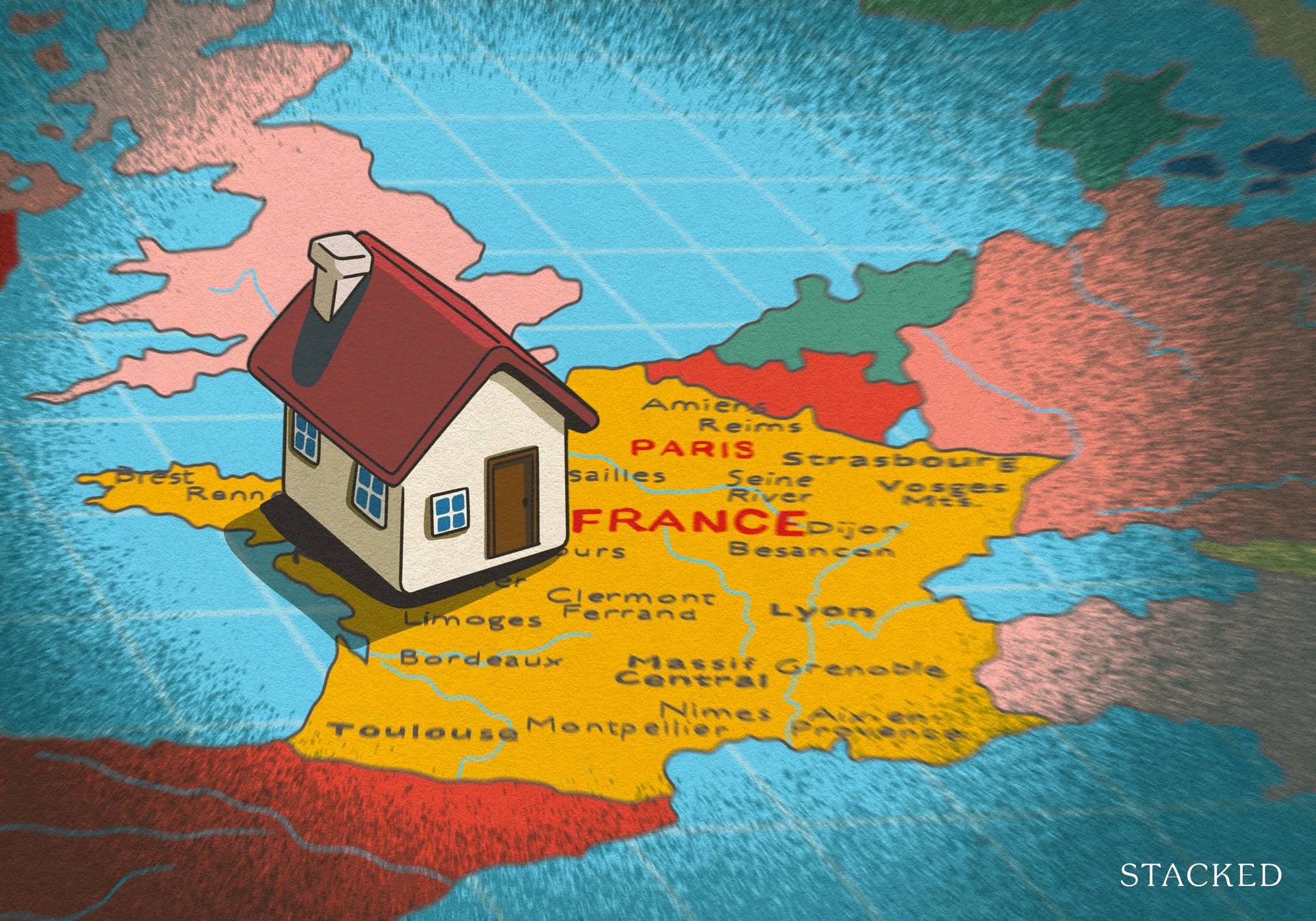Ah, Paris. The most dreamy capital where everyone wants a piece of.
So one of the Stacked editors sent me an article from The Financial Times talking about the high disparity between property performance in different areas of Paris, as well the real prices of property in Paris commonly being double or triple the listing range.


It is a common misconception for many investors to think that just because you invest in property in a high-profile city, you can trust the information online, it is safe, and you will definitely profit.
This sentiment is already untrue for Singapore, where property performance is dependent on neighbourhoods, amenities, history, and whatever factors investors and buyers look into when transacting on a property.
Whether you get a good deal on the property depends on how well you do the research and how reliable your agent is. It is literally the game of Monopoly where you need to choose which colour property you want to invest in first. The cheap ones you can afford, or the expensive ones further down the board?
It is not always 100% profitable to buy property in Paris because of variable factors. So today I’m here to talk about some examples I’ve seen and emphasise the importance of knowing the city you’re buying in very well (down to the neighbourhoods and your neighbours) before you make a purchase decision.
What is this Deux Villes Effect?
For readers that know not of French or literature, Deux Villes is a representation of the novel “The Tale of Two Cities” by Charles Dickens, which tells the history of how contrasting Paris became due to the French Revolution. The moral of the novel surrounds the theme of “Not trusting what you see”, as things are not always as they seem.
The Financial Times article shares the sentiment that despite all Paris’ arrondissements having a sharp increase in their property prices in the last few years, different neighbourhoods are seeing very different results when it comes to the holding of these prices.
2024 has been a brutal time for France property in general due to the lack of buyers, but the Île-de-France region (where Paris is located) took one of the sharpest hits when it comes to pricing.


If we take a look at the general numbers of all the Île-de-France region, you will see that the prices in Paris are on a decline. Many investors scrambled to get to Paris to purchase due to this, but to their surprise, they realised that the sought-after arrondissements did not face that much of a price dip, and in fact, saw the prices rising further.
Let me give you some background to explain why this might be. First of all, I’d like to point out that France is a really big country, and has many different regions. Each region has multiple cities, and each city has their own city planning ministry that is influenced by its own governing ministry.
Paris is generally socialist, and with a non-stop influx of residents into France’s capital, more housing has been built over the last 2-3 decades to prevent a housing crisis. Since the centre of Paris houses many buildings with significant historical value, the only place to build new buildings to meet residential demands is further out of the city.
These would be considered the less affluent arrondissements of Paris, but because it’s still part of Paris, private homeowners and investors decided to bet on the prices rising due to (seemingly) constant demand in the capital.
The country of renting
It is important to note that only about 51% of French residents own their own homes. Many intentionally do not buy property because most of the time, it is cheaper to rent than pay a mortgage. Renting also provides flexibility to move to different cities or move closer to the centre, which is a common occurrence for young people seeking better paid work and lifestyles.
What this means is that competition for housing in the centre will continue growing exponentially, while the properties further out become more available and plentiful, which has caused their prices to dip.
Barometer pricing setting false expectations
Many keen investors of French property like to look at the average sqm prices to determine their budget for their purchase, but this quickly proves to be disappointing as highly sought-after areas and special properties simply aren’t on the same radar.
Since the average prices mostly include ruined properties and fixer-uppers, it’s an understatement to say that looking at the average numbers will provide an inaccurate conclusion of what your budget could afford.
If the average price of homes in central Paris is 13,000 €, you would think that a 100m2 apartment will cost 1.3M €. The reality is that you’ll be likely looking at coughing out a figure starting from the 3.0M € range for the property investment instead.
Why does this happen? Well, let’s explore some scenarios.
The art of exclusivity
In case you haven’t noticed from my previous French apartment layout article, I didn’t post any real pictures of the apartments I was looking at. When viewing the apartments, I was also not allowed to take any pictures.


This is because many boutique agencies have exclusive listings and they wouldn’t be found on property listing sites. Exclusivity of property is one of the many strategies property agents use here to keep a closed property market, which is not reflected in the average prices that are usually based on current publicly available listings.
This is due to various reasons, with the fact that the bourgeois French families don’t like trading with outsiders or people they don’t know.
Especially since Parisian properties hold a lot of sentimental, historical, and monetary value (plus it’s freehold!), it is no surprise the wealthy are careful so that they don’t see valuable assets ending up in the wrong hands.
An increase in overseas buyers
There has been a huge influx of overseas buyers in the last 2-3 years, where I now belong to this said demographic. As French banks tighten their loan approvals and interest environments get more challenging, the market has been facing a slowdown of local buyers.
This made sellers and agencies more open to foreign buyers, whereas in the past the French have been rightfully more weary of due to the complexities that could arise from selling to a foreign buyer.
That said, the popular districts have faced a sharp rise in prices due to foreign buyers from America, China, and the Middle East coming in with more cash and holding power. Each of these demographics has special requirements for their property, and they are willing to pay a premium for them.


Buildings with elevators, apartments on high floors, windows with views into the magical city, Haussmann architecture and crown moulding… If your ideal property has any of these charms, you’re in for a snatching game with some of the richest people in the world.
(Note: Property prices in France can be negotiated down but cannot be offered higher than the asking price. So there is no price war, only how fast you can see the property and make the offer.)
How Paris will change as different demographics invest in the city
A property purchase in France is very much like playing chess, except that you’re playing it with thousands of other players on the same board. One move made by someone else could change the trajectory of your investment from profitable to not.
This is a very real reality that many beginner investors don’t understand; It is hard to control whether your property will be profitable or not overseas, because the fact is that there are not many places that are as stable as Singapore. And trust me, Paris is far from being stable.
Precisely because it’s such a lively city, communities and demographics of people change very often. Neighbourhoods that are sought after can change depending if the owners choose to leave them vacant or rented out, which affects the businesses surrounding the property, and in many turns, affects the prices of your property down the line.
Have you heard of the Starbucks theory? Areas where a Starbucks opens will see an exponential increase in their average prices. While you’re not aiming to have a Starbucks where you choose to invest, making sure reputable businesses surround the area helps to keep prices stable. It also increases the likelihood of happier tenants with longer tenures, if you’re going the landlord route.


This is why it is important to head down to and live in places you wish to invest in because your understanding of the location is crucial for your project to be successful. You cannot just rely on online news and trust their sentiments.
Property Strategies to counter the Deux Villes effect
So after such a long article, what is the point of me writing all this background info?
It’s to now to list down my recommended strategies for buying property overseas, and why you must follow this list unless you’re okay with getting scammed or buying inferior investments.
Strategy #1: Always check the site
I follow @Iherng on Instagram and he’s basically a Malaysian Property guru who shares tips on what to look out for when investing in property. A lot of useful tips, but the one I want to echo from his usual content is the fact that you need to do what we call a site check.
A site check is heading down to the plot or area where the property is going to be built or is currently located. Just looking at the showroom and brochures is not enough, just relying on Google Maps is not enough.
The reality is that you need to visit the area quite a few times in order to assess the potential of your investment. For investments in central Paris, you need to check the crime rates of the area and have a feel of it yourself, look at businesses near your property and how long they have been in operation, and the general demographic of the residents in the quartier (‘neighbourhood’ in French).
With the crime rates in Paris being relatively high when compared with the rest of France, you need to equip yourself with first-hand knowledge of where the unsafe areas are and understand why they are unsafe. This is how you build your checklist of things to look out for before you invest.
Once you’re at the location, you can feel it and see for yourself. I have my own checklist, and I’m not sharing it not because I’m selfish, but because what we deem desirable and not differs a lot from buyer to buyer.
Fly to Paris, make your viewing appointments, and come see the properties yourself.


Strategy #2: Understand the interior and exterior architecture of France
France is very big on beauty and aesthetics, so it is no surprise that more beautiful buildings or properties with beautiful interiors would be listed for much more.
It’s not far-fetched to say that by buying property in Paris, you are buying a piece of history. How well you know the history of their architectural feats will help you out in negotiating the prices. Because the trend I see is mostly foreign investors overpaying for a property just because it has nice exterior features.
For example, Haussmann architecture is all over Paris’s central arrondissements. They are easily identifiable from their navy mansard roofs and Lutetian limestone exterior. They usually have 6 floors at maximum, and enjoy large breathing spaces between other buildings.
Many investors adore the architectural style, and are willing to pay a premium just because of the exterior. There is an illusion that Haussmanian buildings are extremely exclusive, but the reality is that he has created 40,000 buildings in Paris alone, and was ordered to do so by Napoleon to improve living quarters for all Parisians, the noble and poor alike.
Haussmann dominated Paris by occupying and re-designing 60% of the real estate here. So while I won’t go as far as to say they’re common, they certainly aren’t rare. So I would be extremely careful having Paris syndrome and just falling in love with the first Haussmann property you view.
There are other architects and other types of architecture available here. The more rare, the more valuable. So school yourself on the history of the city of lights before you just buy something that’s only a novelty to you, but a commonality to the locals.
Strategy #3: View multiple properties in different areas
Unlike Singapore where the property market is still hot and limited, and you could miss out if you don’t make an offer as soon as you like something, you can take your time in France as it has a lot more property to offer. So in the abundance of choices it gives you, I do encourage all interested buyers to go view multiple properties in different areas of Paris.
Viewing is free and you can do your site check and understand which neighbourhoods you prefer. Don’t hyperfocus on a single area and end up missing out on hidden gems. If you’re not sure where to look, your French agent and friends will point you in the right direction.
Take my story for example, I took 4 months to view 6 different properties before making an offer (I’m not in Paris). Another Singaporean I know took a year and viewed 10 different properties before settling on his forever home.
Especially because interiors are different here in Europe compared to the cookie-cutter layouts we have at home, having the patience to wait for something exclusive works more to your benefit. It also prevents impulse buying (which yes, happens even with big purchases like buying property!).
Will you still experience FOMO? Yes, for sure. But that’s better than having buyer’s regret. Whatever you missed out on in Paris, you can get something similar in a more affordable city somewhere else in France or later down the line in the same city.
The ultra-rich in France have been known to trade up their Parisian property for similar or better living conditions in other areas of France and keep their euros for more important matters. The point is that you explored the options, saw what is available, and can prepare a better checklist of what you want.
—
With foreign property pretty much a mystified asset for most Singaporeans, it’s very easy to fall into the trap of believing what you see online and just trusting others to do the due diligence for you before you dive in.
I highly don’t recommend that. If you want to buy property overseas, don’t be lazy and just rely on a ‘trusted’ source to tell you how it is, because the Deux Villes effect basically warns against trusting what you don’t see directly. Your own experience is the best source of truth.
When looking around for property, I got very different recommendations from the French and Singaporeans alike. If I blindly followed their advice (despite the fact that it came from good intentions), I would have ended up with a property I hated and had to pay a mortgage on.
Let’s not even talk about France. In Singapore, I know of families who made bad condo investments because they trusted a bad agent and didn’t do their homework in the area they bought in.
I’m not saying you shouldn’t trust people, but at the end of the day, especially because property is a very big ticket purchase and one of the most emotional things we can spend our money on, it’s best to swim in the process yourself, with perhaps a watchful eye of an expert who doesn’t gain anything from your purchase.
If you’d like to get in touch for a more in-depth consultation, you can do so here.





